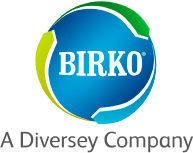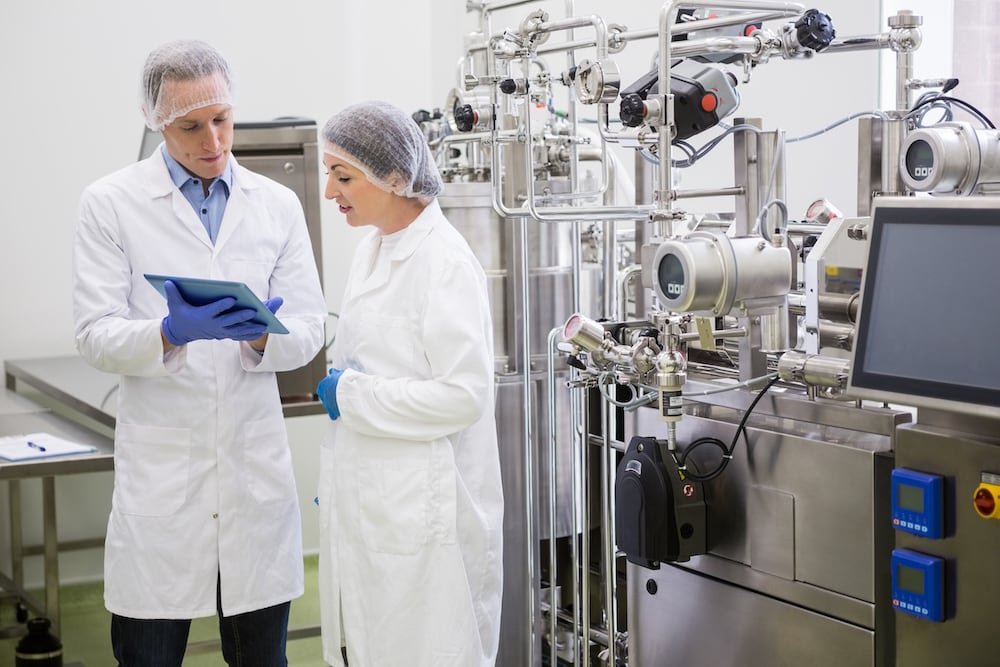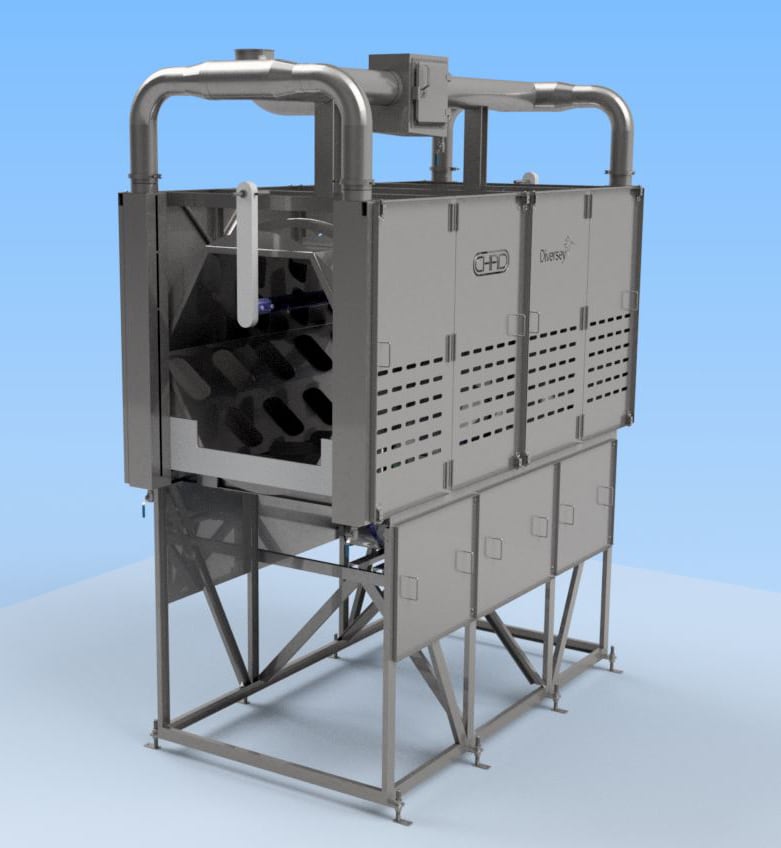Since the introduction of HACCP to the meat industry in the 1990s, there has been a fair amount of confusion over the terms “validation” and “verification.” Although the meanings are seemingly quite close, Webster defines “validate” as “to support or corroborate on a sound or authoritative basis,” or “to recognize, establish, or illustrate the worthiness or legitimacy of.” The word “verify” is defined as “to establish the truth, accuracy, or reality of.”
When it comes to HACCP the terms have specific meanings and both “validation” and “verification” are important components of any HACCP Plan.
From a HACCP standpoint, there are slightly different definitions of “validation” and “verification,” as defined by the National Advisory Committee for Microbiological Criteria of Foods. Validation is “the element of verification that focuses on collecting and evaluating scientific and technical information to determine if the HACCP plan, when properly implemented, will effectively control the identified hazards.”
Verification is those activities, other than monitoring, that determine the validity of the HACCP plan and ensure that the HACCP system is operating according to the plan.
To put these into simpler terms, validation is the supporting documentation, consultation and testing done in your plant to give you a scientific basis to support the actions contained in your HACCP plan. There are several goals for the initial validation:
- To provide assurance that the plan is adequate for controlling the food safety hazards that may be present
- To determine whether the specified parameters can be consistently adhered to in your process
- To confirm that the plan is being correctly implemented
- To allow the plan to be adjusted if problems are found
Verification, on the other hand, is the ongoing continuous process that demonstrates that the HACCP plan is being correctly implemented in your facility.
If, for example, your facility is producing cooked meat pies, initial validation activities might include collecting scientific reports that cooking food to a specific temperature for a specific time will kill any pathogens that may be present in the item. A second step in the validation process might involve specific testing using your equipment and product to determine the procedures that are needed to cook product for the required time and temperature in your process. Other validation activities might include microbiological testing to confirm that the conditions are sufficient to kill pathogens.
Once you have established the parameters needed for your process, verification becomes the ongoing program of checks, audits and testing that is intended to demonstrate that the specific process conditions are being met on a daily basis. So for example, verification of the pie cooking process might include checking the temperature of the pies, and timing how long they are kept at that temperature. Similarly, periodic calibration of the thermometer could be a verification activity, along with audits of production records to provide a paper trail that demonstrates that the procedures defined in the HACCP plan are being adhered to. An important part of this documentation is to trend and track all verification data to show that the process is still statistically capable of preventing or eliminating a food safety hazard. Trending also helps to show if your process is drifting away from the intended operating parameters, alerting you to the need for corrective action before you have a food safety failure.
While seemingly complicated and confusing, recognizing that validation and verification are related yet separated components of the HACCP plan can make the task of developing an effective food safety plan a lot more straightforward.
(Thank you to Amy Armstrong, a Birko technical rep, for reviewing this information. Amy is a certified HACCP trainer and can help with upgrades/evaluations of HACCP programs.)
 Elis Owens, Ph.D., Director, Technical Services, Birko, can be reached at [email protected], 303-289-1090.
Elis Owens, Ph.D., Director, Technical Services, Birko, can be reached at [email protected], 303-289-1090.








